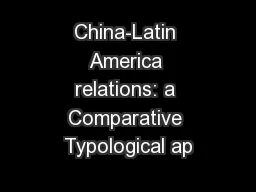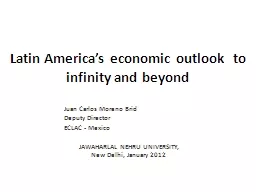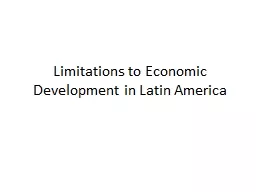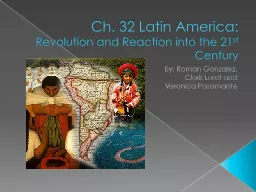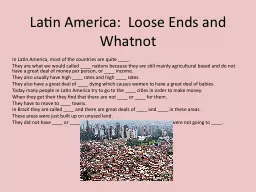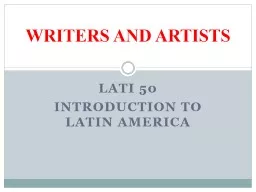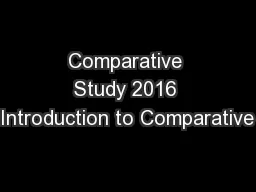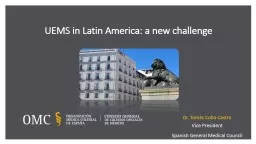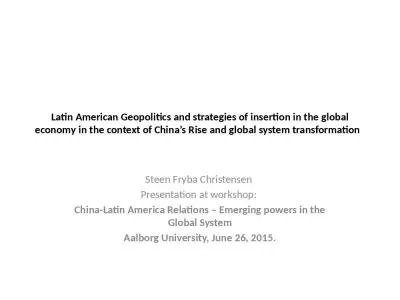PPT-China-Latin America relations: a Comparative Typological ap
Author : test | Published Date : 2016-08-01
Steen Fryba Christensen presentation at workshop Nov 19 th 2015 New Trends in China Latin America Relations George Washington University Elliot School of International
Presentation Embed Code
Download Presentation
Download Presentation The PPT/PDF document "China-Latin America relations: a Compara..." is the property of its rightful owner. Permission is granted to download and print the materials on this website for personal, non-commercial use only, and to display it on your personal computer provided you do not modify the materials and that you retain all copyright notices contained in the materials. By downloading content from our website, you accept the terms of this agreement.
China-Latin America relations: a Comparative Typological ap: Transcript
Download Rules Of Document
"China-Latin America relations: a Comparative Typological ap"The content belongs to its owner. You may download and print it for personal use, without modification, and keep all copyright notices. By downloading, you agree to these terms.
Related Documents

